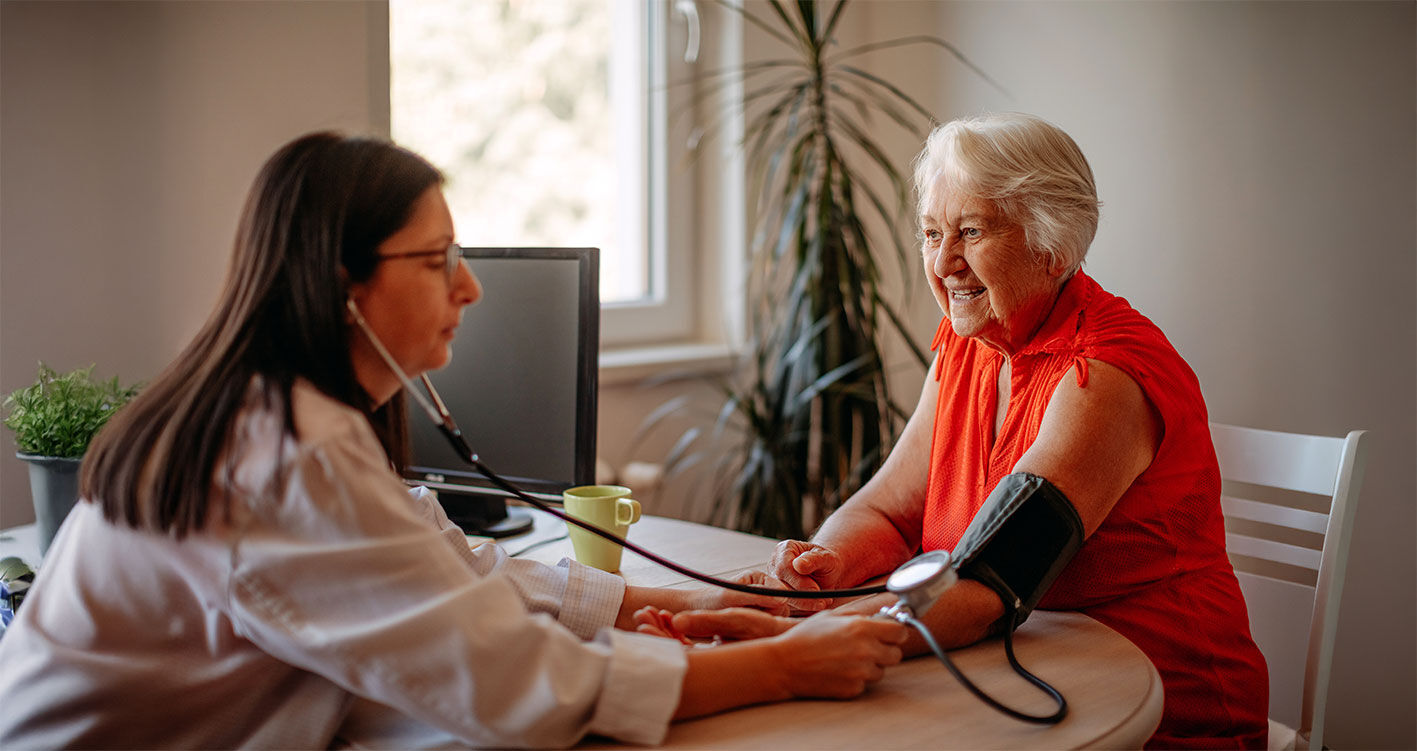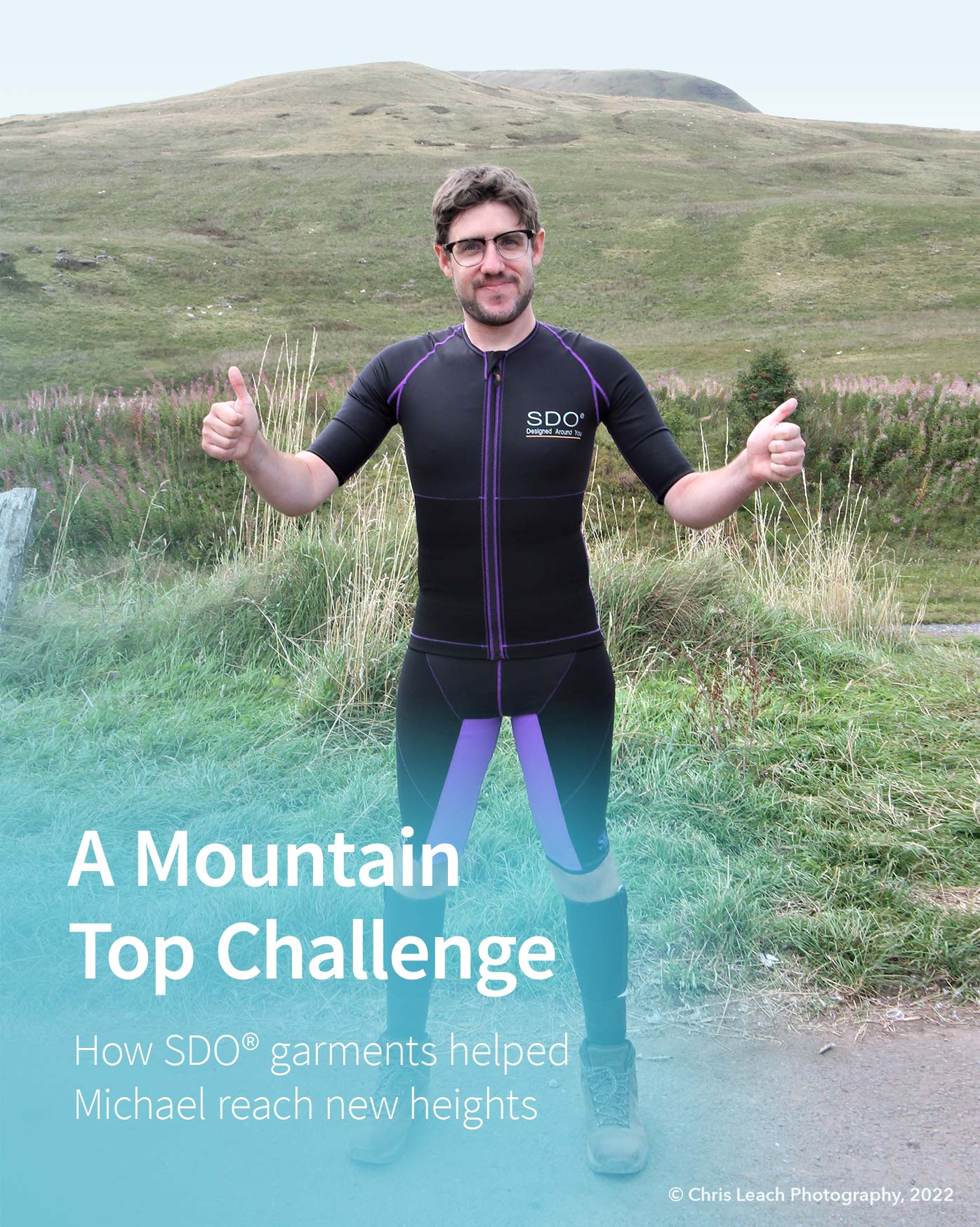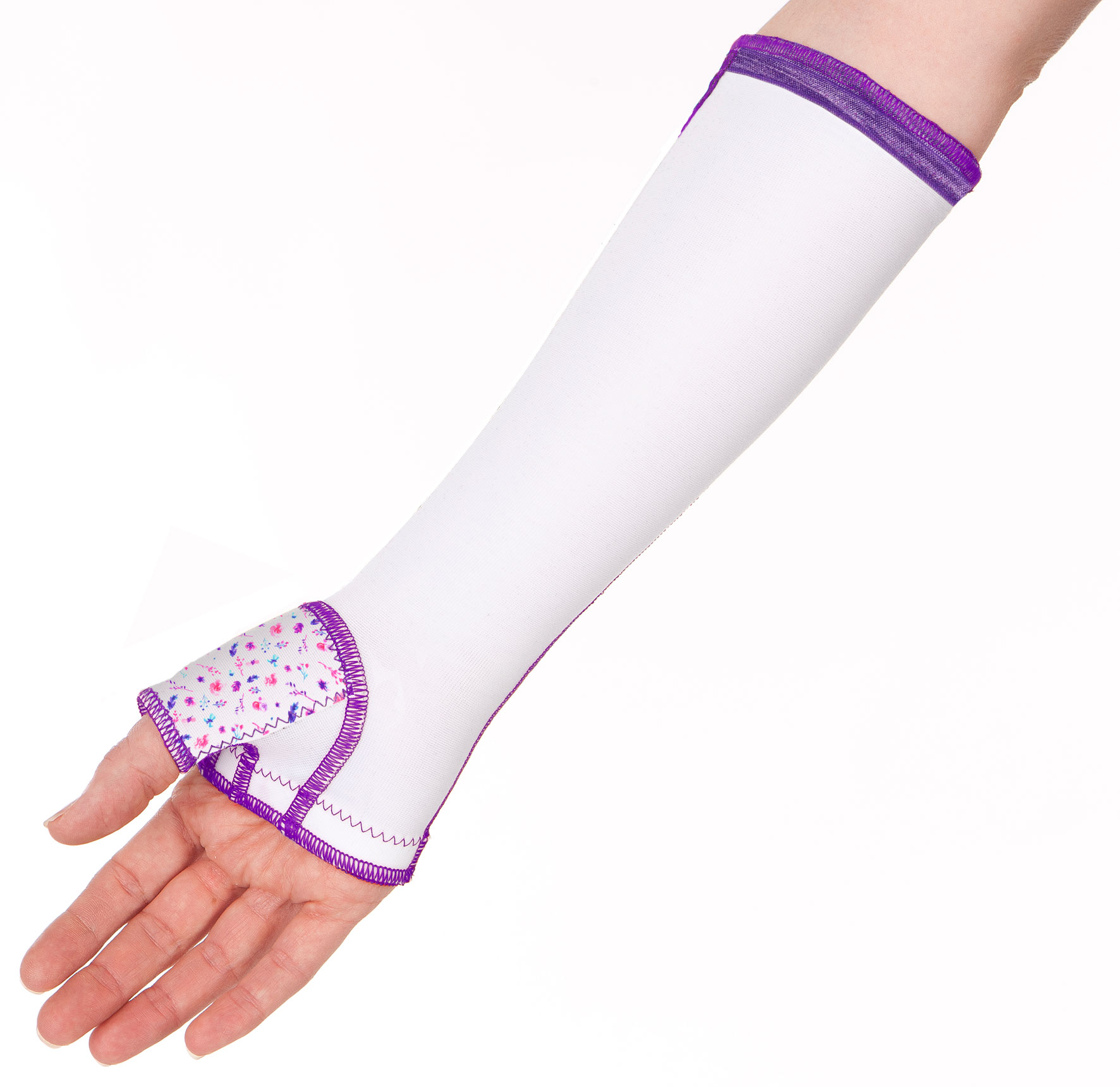 Data from the Stroke Association show that approximately 100,000 people in the UK experience a stroke each year, equating to somebody having a stroke every five minutes. Though 90,000 of these people survive stroke, the overall number of strokes has been rising over the past two decades and there are an estimated 1.4 million stroke survivors in the UK. Survivors can be left with a range of mental and physical disabilities from problems with communication, vision and swallowing to complete paralysis.
Data from the Stroke Association show that approximately 100,000 people in the UK experience a stroke each year, equating to somebody having a stroke every five minutes. Though 90,000 of these people survive stroke, the overall number of strokes has been rising over the past two decades and there are an estimated 1.4 million stroke survivors in the UK. Survivors can be left with a range of mental and physical disabilities from problems with communication, vision and swallowing to complete paralysis.
A study published in the Lancet journal revealed that as many as half of all strokes result from high blood pressure (hypertension), making it the most likely cause. Worryingly, a significant proportion of adults in the UK are unaware that hypertension is such a prominent risk factor for stroke, as revealed by recent statistics released by the Stroke Association.
In December of 2024, the Stroke Association (the UK's leading stroke support charity) conducted a survey of 1,409 individuals. 403 of the the respondents were stroke-connected while the remainder did not have a connection to stroke. 'Stroke-connected' was defined as somebody that has either had a stroke themselves or has a family member or friend who has had a stroke.
 |
| Stroke survivor Michael Pursey in his SDO® Original Suit |
The key finding of the survey was that 36% of stroke-connected people were unaware that hypertension is the biggest risk factor for stroke. Awareness levels dropped even further among those with no connection to stroke; 43% of this group were not aware of the increased risk.
The survey data also revealed that stroke-connected respondents did not know about other risk factors contributing to the prevalence of stroke. An astonishing 57% of those respondents did not cite smoking as a likely risk factor while 85% did not mention poor diet.
In response to these alarming findings, the Stroke Association are urging everybody to get their blood pressure checked, a service provided without charge by GPs and at some pharmacies. A blood pressure check can also be obtained as part of NHS Health Checks for people over the age of 40 years. According to David Hargroves, the National Clinical Director for Stroke Medicine at NHS England, over four million people in England are thought to be living with untreated or undetected hypertension.
How SDO® dynamic compression garments can alleviate common post-stroke issues
Michael Pursey, a stroke survivor, faced life-altering challenges after suffering a massive brain haemorrhage at just 24 years old. His journey of recovery has been remarkable, not least his climbing of Pen Y Fan, the highest peak in South Wales.
SDO® Original Sensory Dynamic Orthosis™ by Medigarments Ltd garments provided him with critical support and helped improve his balance, gait, and overall mobility. Michael's determination, supported by dynamic compression garments, helped him achieve his mountain-climbing goal, proving that stroke survivors can push boundaries and overcome obstacles. For more about his inspiring story, read the full article here.
 |
| SDO® Original Gauntlet in the No. 10 Lavender theme |
Stroke survivors often face a variety of challenges during their recovery, and the impact of these issues can be long-lasting. Some of the most common problems include muscle weakness, which can limit a person’s ability to move and perform daily tasks; spasticity, which is characterised by increased muscle tone and stiffness that can result in discomfort and restricted movement; and foot drop, a condition where the ability to lift the front part of the foot is impaired, leading to difficulties in walking and an increased risk of tripping.
In addition to these physical challenges, stroke survivors may experience changes in sensation, such as numbness or tingling, which can affect their ability to perceive temperature or touch. This can increase the risk of injury or burns due to a reduced ability to sense pain or discomfort. Another common issue is a reduction in proprioception, which refers to the body’s ability to sense its position in space. This can make it difficult for stroke survivors to maintain balance or coordination, increasing the likelihood of falls.
Fortunately, all of these issues can be effectively managed and alleviated with the use of specialised medical garments. Our range of dynamic compression garments has been designed to provide targeted support and relief for stroke survivors. These garments help to stabilise muscles, reduce spasticity, and improve proprioception, ultimately aiding in rehabilitation and enhancing quality of life.
The SDO® range works by providing gentle, yet firm compression, which can help activate the body’s sensory feedback system, leading to improved motor control and balance. Additionally, by wearing these garments, stroke survivors can experience greater comfort and support during movement, which may aid in their ability to engage in physical therapy and other rehabilitation exercises.
We encourage you to browse the Medigarments Ltd website for more details on the benefits of our SDO® range and how these garments can make a difference in the recovery process. If you have any questions or need personalised advice, please don't hesitate to get in touch with our clinical team, who are available to provide further information and guidance on how our products can support your rehabilitation journey.
Please subscribe to our free newsletter to receive this article, along with lots of other updates and special features, direct to your email inbox. Please support us in spreading the word by liking and following us on LinkedIn, Facebook, X and Instagram.
SDO® Original is part of The World of SDO® Sensory Dynamic Orthosis™ range of dynamic Lycra® compression garments by Medigarments Ltd. SDO® and Sensory Dynamic Orthosis™ are trademarks of Medigarments Ltd.

